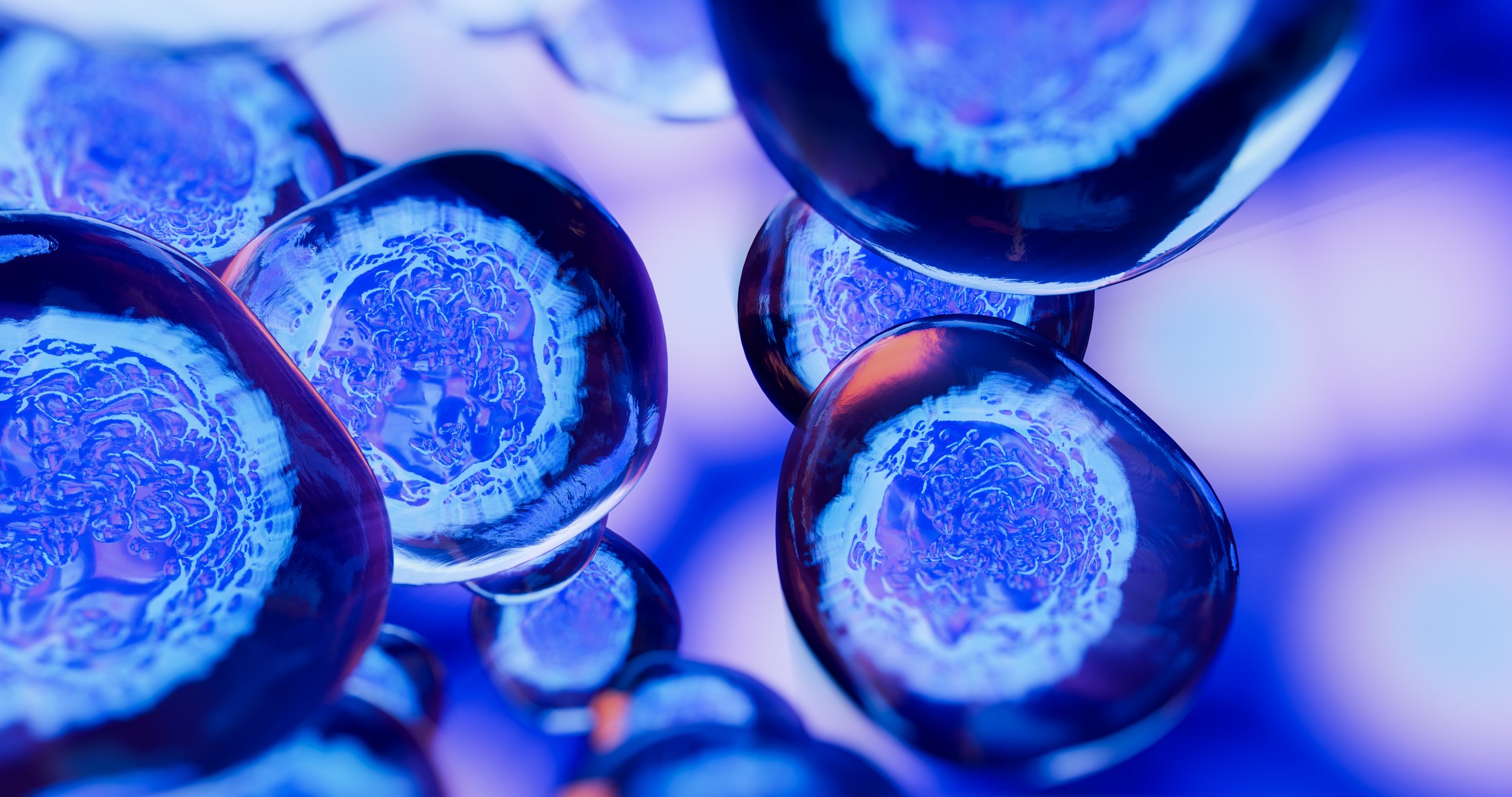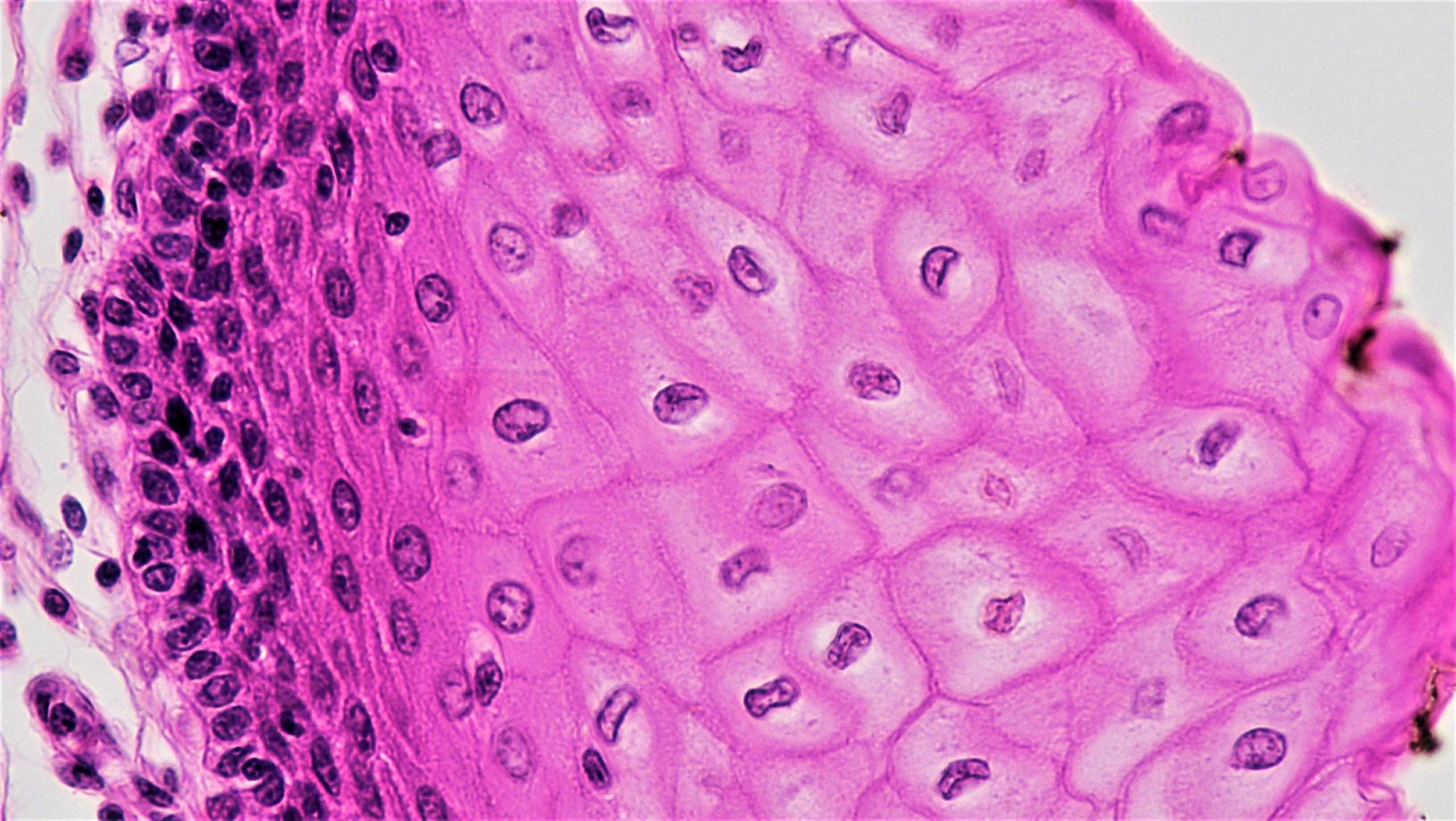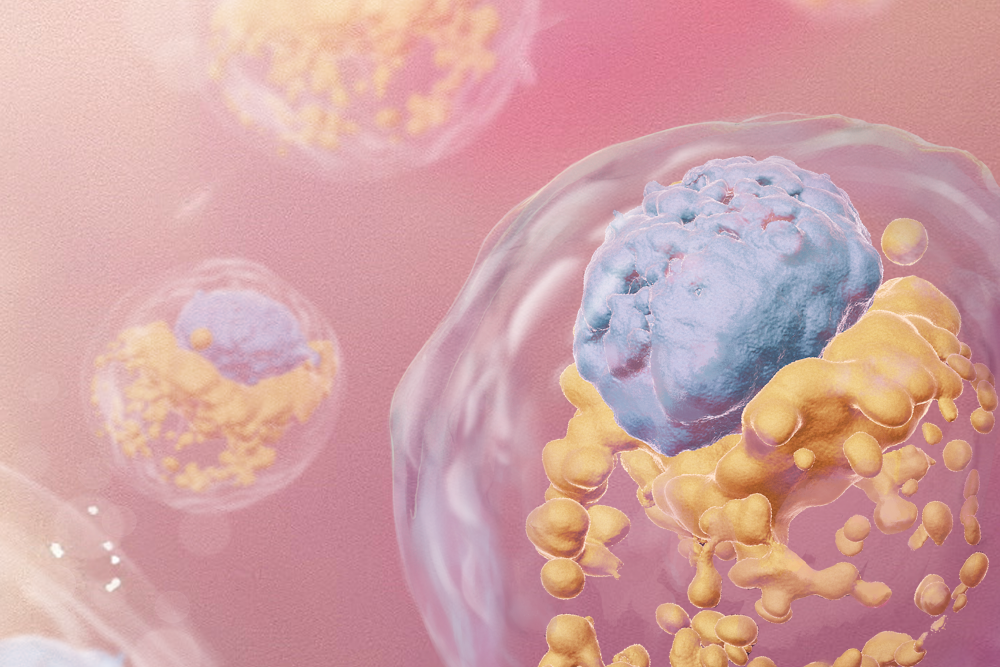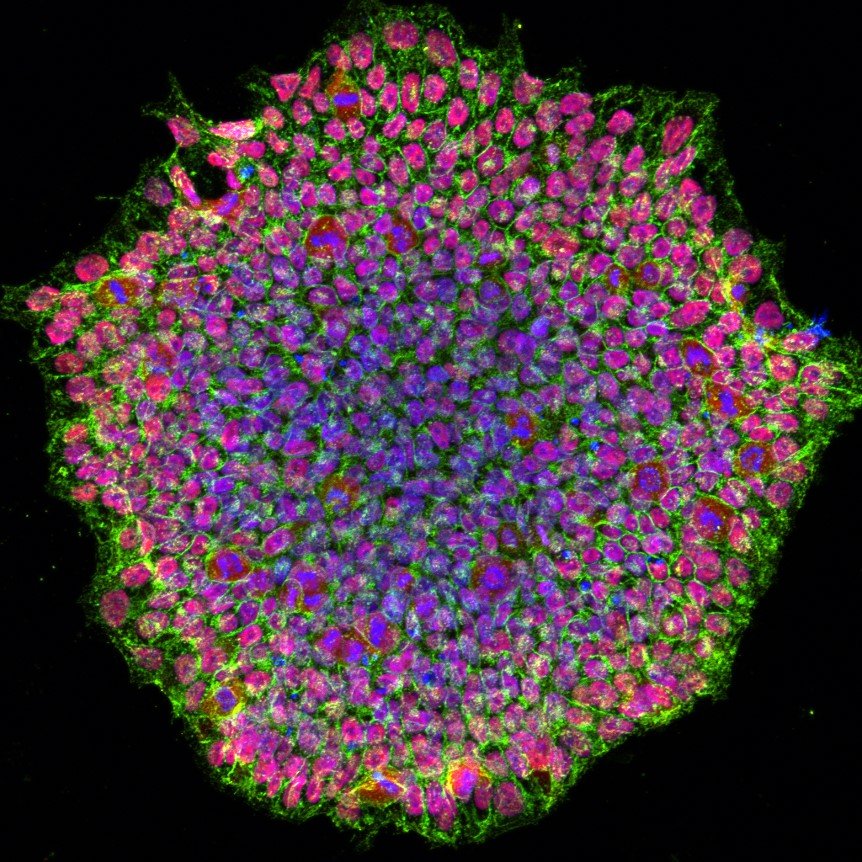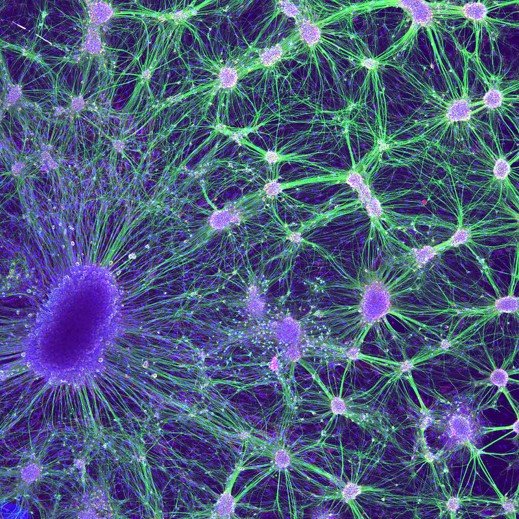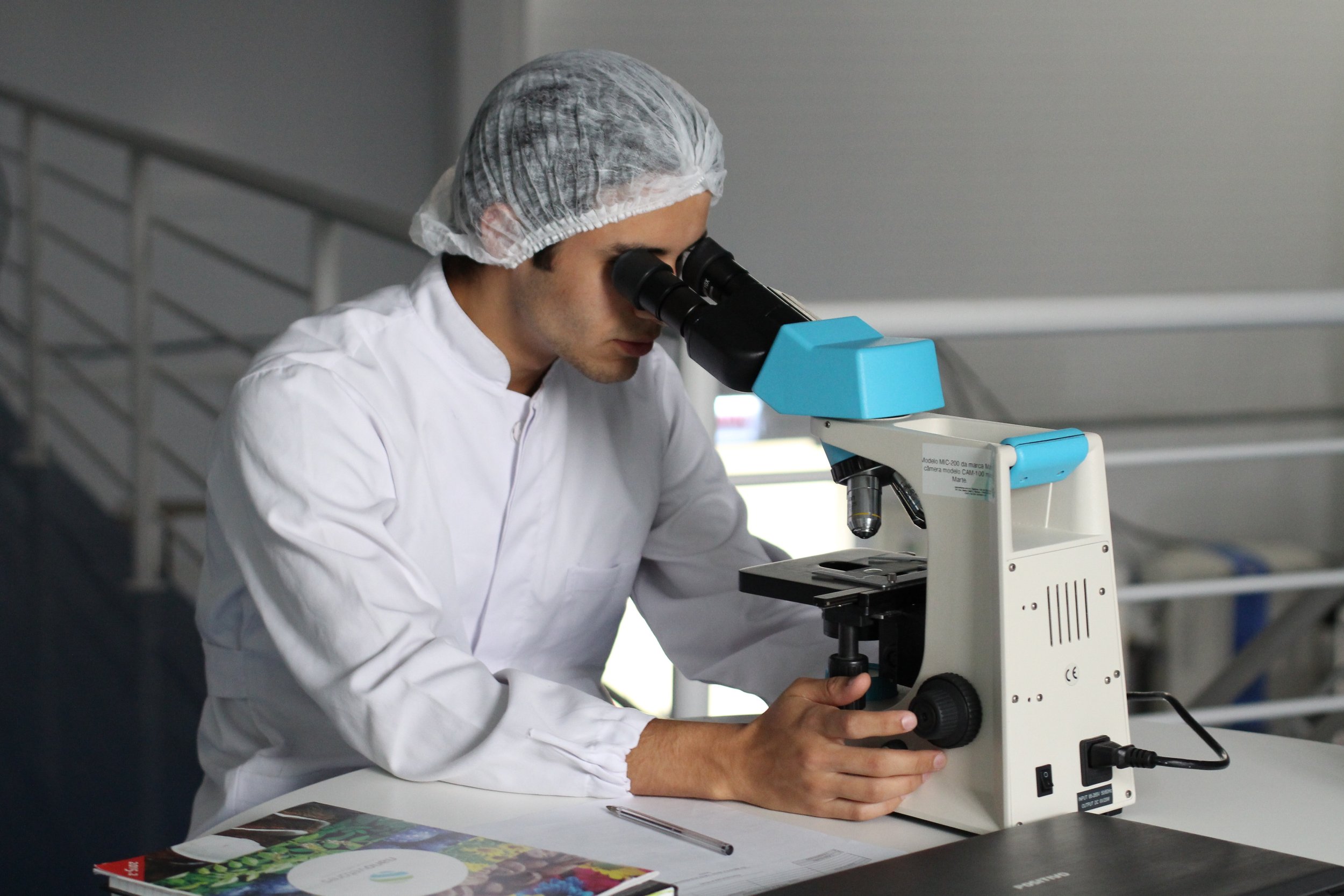Trusted Information for Patients and the Public
Developed by stem cell scientists worldwide.
Free Online Stem Cell Course
Register for our new course, Stem Cell Medicine: From Scientific Research to Patient Care, developed by the ISSCR’s Education Committee with Harvard Medical School. Learn how stem cell treatments are developed, the difference between approved and unproven treatments, how clinical trials work, and how to talk to your doctor.
Watch anytime, at your own pace. Available in six languages.
Jaime Imitola, MD, FAAN
University of Connecticut School of Medicine, USA
Chair, ISSCR Education Committee
Resources for Patients
Stem cell research is opening doors to new treatments and scientific discoveries. What does this mean for you as a patient, patient advocate, healthcare provider, friend, or family member?
We hope to answer some of your questions about stem cells and stem cell treatments and provide the resources that you and your primary care physician or specialist need to make the best decisions regarding treatment.
Explore more and learn about critical questions to ask when considering a stem cell treatment.
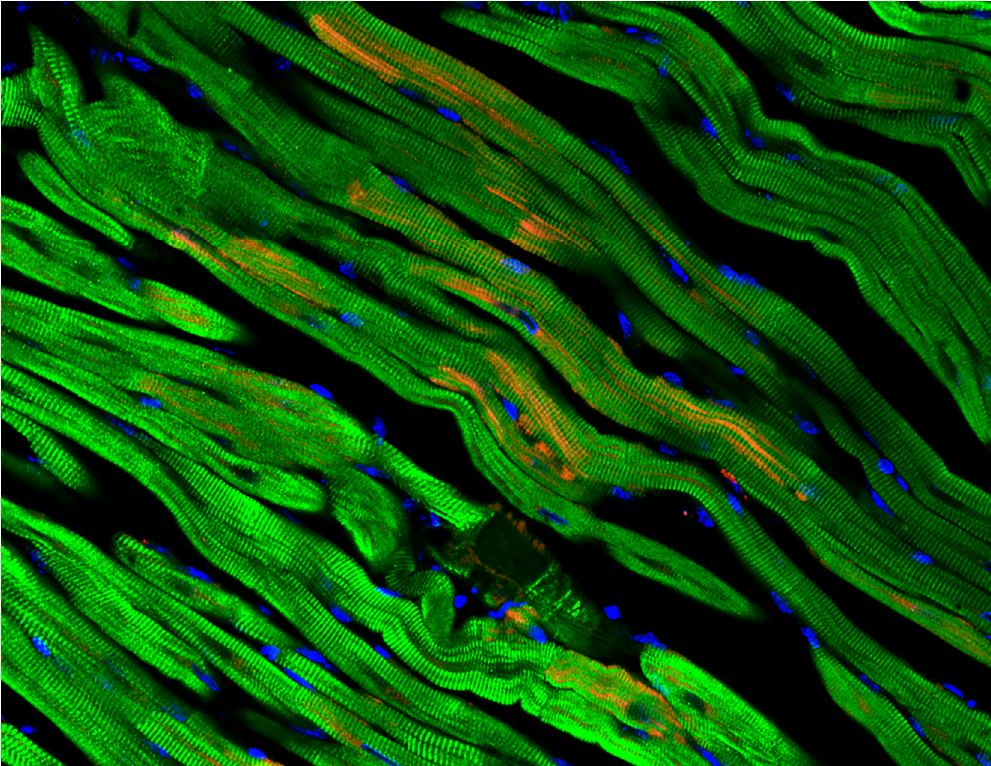
Targeting Disease with Stem Cells
Explore how stem cells are being used to understand, research, and treat various diseases. Here, we provide disease-specific information including background, current treatments, and the clinical status of cell-based therapies.
Stem Cells in the News
Stem cell science is a rapidly evolving and advancing field. Explore some of the latest research innovations you may be hearing about in the news and how they are being used to better understand and model development and disease.

From Lab to You:
6 Ways Stem Cells Advance
Biomedical Research
-
Scientists are exploring how to use stem cells to generate tissue that, when transplanted, will take the place of tissue damaged by disease, aging or injury. For example, transplantation of healthy retinal pigment epithelial cells to the eye to replace those lost in macular degeneration is now being tested in clinical trials.
-
The development of patient-specific pluripotent stem cells from an individual patient and the models that can be developed from them allow researchers to study how individual patients may respond to different drug treatments, and is also attractive for cell therapy, as these cell lines are from the patient themselves and may minimize some of the serious complications of rejection and immunosuppression.
-
Scientists use stem cells, or models grown from them, to search for new drugs that improve their function or alter the progress of disease, as well as to test how drugs might affect different tissues or organs, or how they might affect different people.
-
Scientists are also exploring ways to stimulate self-repair, coaxing stem cells in the human body to generate healthy cells to heal damaged tissue from within or to prevent further damage.
-
One of the major advantages of induced pluripotent stem cells, is that they can be generated from patients with various diseases and conditions. Disease-specific stem cells are powerful tools to study the disease in a laboratory setting and test potential therapies.
-

What are stem cells?
Stem cells are the foundation from which every organ and tissue in your body grow.
Stem cells are defined by two properties – they can self-renew (make copies of themselves) and differentiate (develop into more specialized cells). Beyond these two critical abilities, though, stem cells vary widely in what they can and cannot do and in the circumstances under which they can and cannot do certain things. Learn more about stem cells and the many different types of stem cells.


